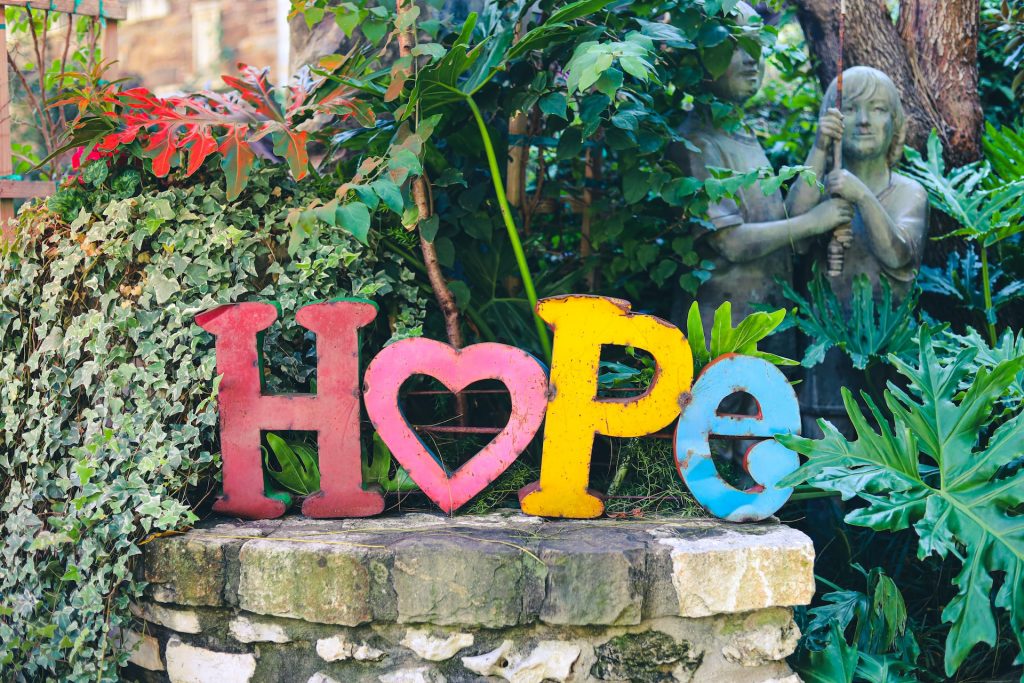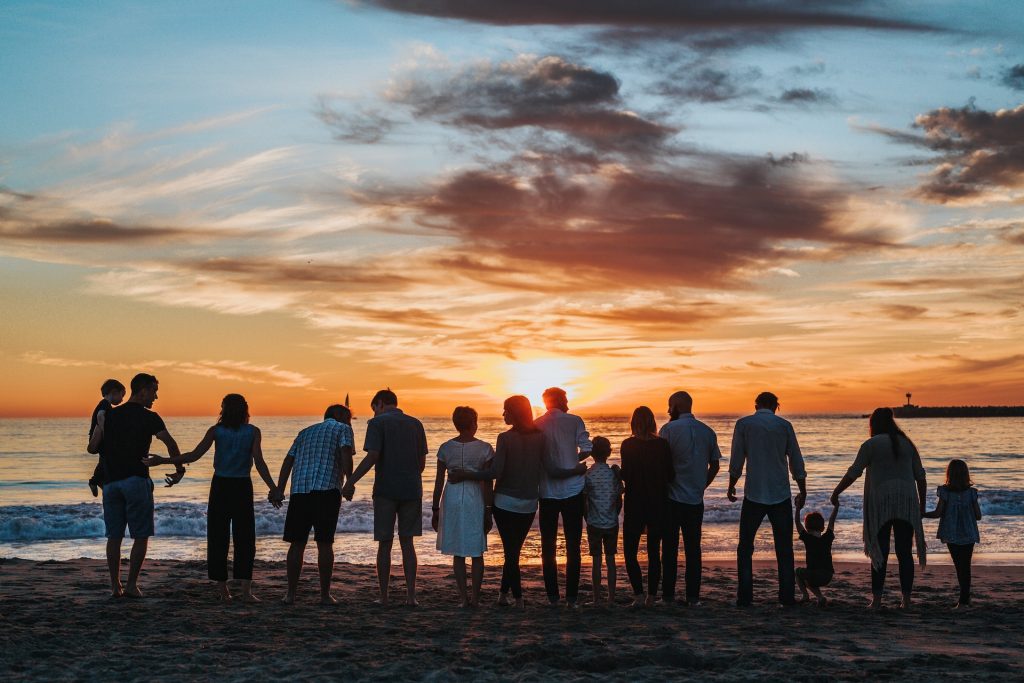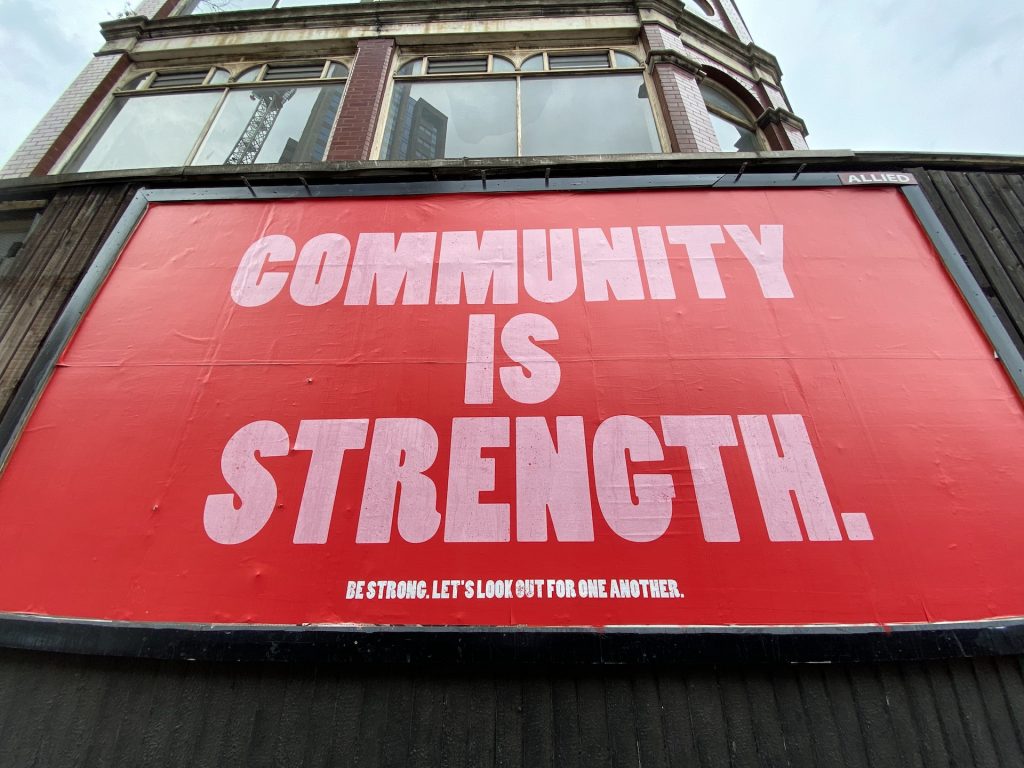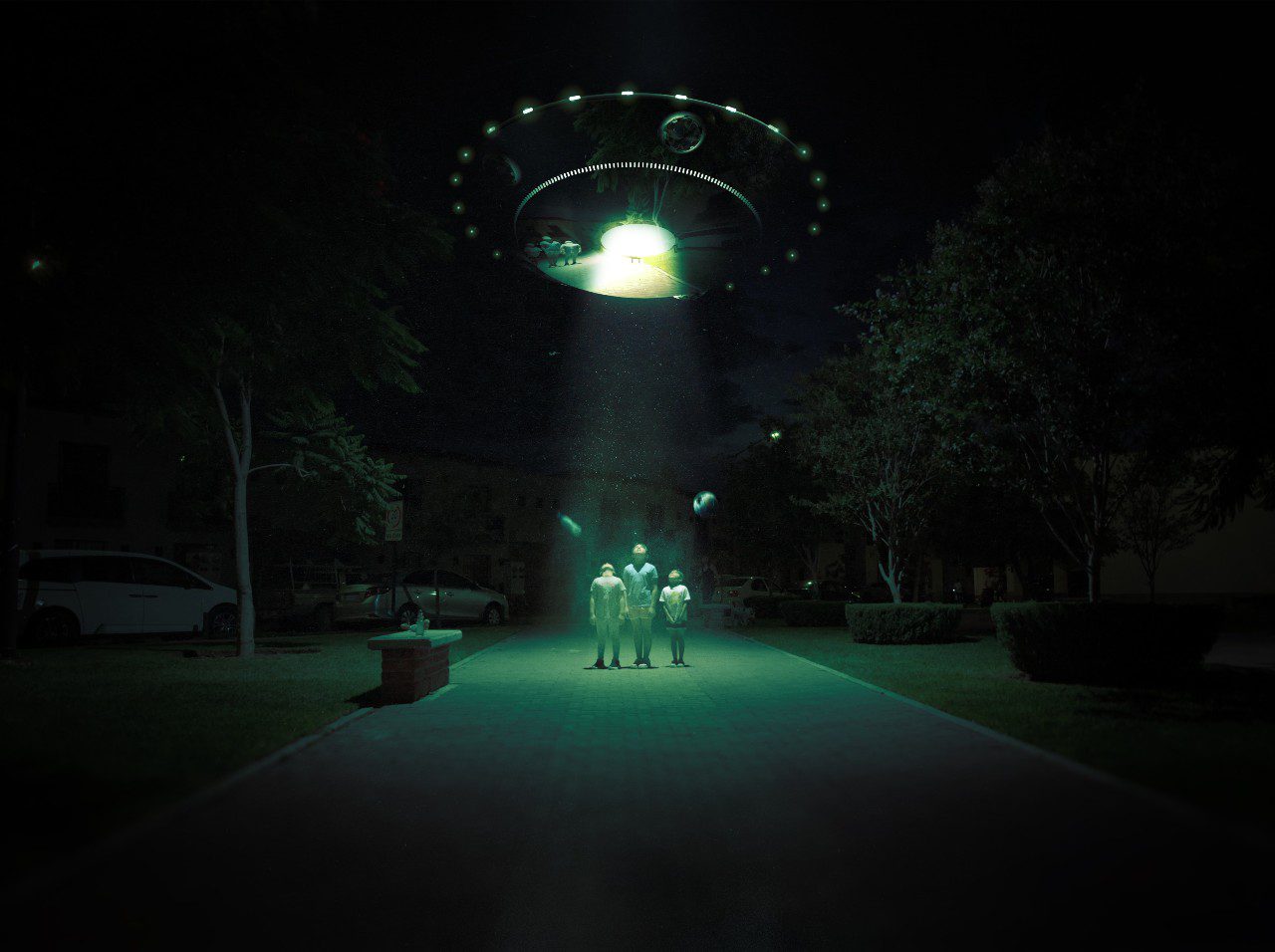Cryopreservation, like all things in the world, has evolved gradually, witnessing periods of struggle, disbelief and opposition. Tiding over these, cryonics now stands on a much better footing, with a steady increase in the number of people welcoming it with open arms. But why did it face so many hurdles? And how has it overcome them? Below, we take a look at both these aspects to understand the shift in perspectives regarding cryonics.
Initial periods of struggle
Human cryopreservation has faced many hurdles right from the beginning. The initial cryopreservation of Dr. James Bedford, the first person to receive this treatment, was crude, with no regard for ischemic damage and its effects on the preserved body. Not only was he preserved using dry ice, his capsule was constantly moved around before finding a permanent resting place at the Alcor facility. Lack of a uniform procedure and understanding about how to carry it out without causing damage to the “preserved body” were the reasons behind multiple such suspension failures. Between 1971-1978, an infamous series of bodies thawed out at Chatsworth. These were a result of capsules being either abandoned, encountering technical mishaps, or employing defective methods of preservation.

The Chatsworth incident had a rippling effect on the cryopreservation of Robert Binkowski. The California Public Health Service asserted that Alcor was not authorised to practise cryonics, and would be charged with a misdemeanour in the event that they were found to be in violation. Although not actively prosecuted, this issue was thrown into the grey until a court ruling in 1990 favoured the practice of cryonics.
Some other troublemakers
The erstwhile Cryonics Society New York (CSNY) serves as a good example to portray how insufficient and improper financial arrangements can also contribute towards failed cryopreservation. Cryopreservation’s ambitious objective has been somewhat of an Achilles’ heel, leaving it exposed to attack from different corners, especially in the early years. The cryopreservation of Dora Kent aptly illustrates this. The local coroner, suspecting something unnatural about her deanimation, ordered an autopsy, and even raided Alcor’s facility for her remains, and even their equipment. This suspicion snowballed into claiming that the cause of her death was homicide, but was later dropped for lack of evidence.
Cryonics has not only weathered external opposition, but it has also been viewed with apprehension by families of individuals who were signed up to be cryopreserved. Individuals intending to be cryopreserved set aside considerable funds to honour their commitment. This takes away money from their estate, which in the normal course would have been inherited by their legal heirs. If the legal heirs do not find any purpose in cryopreservation, they tend to oppose such allocation of funds. One such case was Orville Richardson back in 2009, who had signed up to be cryogenically suspended and had made all the financial arrangements as well. However, Alcor was not informed of his death, and he was buried. Later, his brother wrote to Alcor claiming the $50,000 paid to them by Mr. Richardson, because, in the brother’s opinion, the same was not utilised in any way. Alcor was however permitted to cryopreserve Mr. Richardson through a court order later in 2010.
Turn of events
Presently however, we can see a massive shift in the views regarding cryonics. Much of this can be attributed to improvements in the cryonics procedure itself, transitioning from straight-freeze to vitrification. The organisations providing cryopreservation have well-drafted policies for signing-up and making payments. This has put in place a streamlined process, leaving little to no room for confusion.
Shift in Attitude:
A. Scientific and not experimental
The earliest cryonic procedures were carried out experimentally and not objectively. At present however, constant efforts are being made from all avenues of science to make way for optimum cryopreservation. Vitrification has long since been adopted as a standard practice which avoids the actual freezing of cells and tissues. In fact, the research is now moving towards finding the best and least toxic vitrification agent. Preliminary procedures are compulsorily administered to minimise ischemic damage of the organs. Cryonics ambulances are being built, specifically equipped to enable the carrying out of procedures en route to the concerned facility.
A.1 Inching closer towards revival from neuropreservation
The scientific aspect of cryonics has recently taken a big step. A large chunk of criticism faced by cryonics is due to how impossible and improbable the “revival” of a human being appears to the general public. This notion is slowly but surely set to be replaced. A major advancement towards this was accomplished by Gregory Fahy and Robert McIntyre from 21st Century Medicine. In 2018, the duo were successful in developing a process to preserve the neural connections in the mammalian brain. They experimented on rabbit brains which were cryopreserved and thawed out. Although the brain was not functional, the synaptic circuits, or the connectomes, which are responsible for one’s personality and identity, were found to be intact upon examination through electron microscopy.
There is much to be done to improve this technique to make it adaptable to human cryopreservation, while also maintaining the functionality of the brain. But such discoveries lay down a strong scientific basis for the practice of cryonics, acting in sharp contrast with the myth that it is a fantasy adventure.

B. Family
With the growing awareness about cryopreservation, families of cryonics patients are increasingly supportive of their decision to be placed into cryonic suspension, rather than opposing it. The best example of this is the case of Einz (Matheryin), the youngest human to be cryopreserved at the age of two. Diagnosed with a rare form of brain cancer, Einz died in 2015, after which her brain was cryopreserved at Alcor. Emotions undoubtedly played a large part in the family’s decision to put Einz under cryonic suspension, in the hope that she will get another chance at life. Interestingly, Einz’s father, a scientist himself, placed strong scientific emphasis on this decision. After attempting other scientific ways to save Einz’s life during her illness and treatment, he resorted to cryonics on the belief that preserving connectomes in Einz’s brain will be sufficient to reconstruct the rest of her, and retain her identity. The parents have also made plans to be cryopreserved themselves, further affirming their faith in cryonics.
The 2018 Netflix documentary Hope Frozen: A Quest to Live Twice shows the family’s journey towards making this decision, and their subsequent visit to the Alcor facility. The staff at Alcor explained the entire process to the family and answered their questions. This perfectly depicts the increasing support and faith that family members have begun to place on cryonics.
Certain cryonics organisations are further strengthening such support from family members. For instance, the Cryonics Institute offers a discounted membership price of $625 for “close family members” to join their relative in signing up to be a lifetime member at the facility. The Yinfeng Life Science Research Institute in China allows the family to have a ritual before the dewar holding their cryopreserved relative. Evidently, family approval for cryopreservation is a prerequisite. Further channelling the value ascribed to family in Chinese tradition, Yinfeng also provides family dewars to house an entire family together in cryopreservation as well. This not only shows support but also motivates families to sign up with the prospect of being reunited.

C. Hospice Care
Hospice care centres that act as the final home for most terminally ill persons are no longer hostile towards cryonics organisations. In fact cryonics service providers encourage their members to relocate themselves to hospice centres in the vicinity of the facility to reduce the complexity in travel arrangements and ischemic damage. Alcor has even tied up with a local hospice in Scottsdale, Arizona, making it easier for its members to deanimate at close proximity. It further encourages its members’ relocation by providing a relocation assistance payment of $10,000 from the Alcor Standby Fund Pool.
D. Growth in Numbers and the Cryonics Community
Cryonics organisations are not faced with opposition from local authorities as they were during Dora Kent’s era. This can be evidenced by the growth in their number across the world. Tomorrow Biostasis in Europe, the Shandong Yinfeng Life Science Research Institute in China, and Southern Cryonics in Australia have recently been added to the list of already existing cryonics organisations like Alcor and the Cryonics Institute in the United States.
The increase in the number of organisations is further supported by the formation of a homogenous cryonics community in various parts of the world. They are important channels for spreading awareness, and support centres for cryonicists. Members of the community take part in cryonics-related activities together, form support groups to provide standby and other allied services, and participate in cryonics conferences. Blogs such as Timeskipper, discussion windows like LessWrong and the Cryonics Underground Podcast, and even a cryonics-specific discord channel all contribute immensely towards disseminating the right information on cryonics, warding away any myths surrounding it.

E. Insurance Providers
Another important development that continuously makes signing up for cryonics simpler and accessible to the ordinary middle-class is cryonics-specific life insurance. As discussed in the beginning of this article, improper funding arrangements also contributed to preserved individuals being abandoned, leading to their thawing out. To safeguard modern cryonics patients against this, while also ensuring that the cryonics facility has sufficient funds to meet their expenses, life insurance has proved to be a useful and convenient tool to fund biostasis. Tomorrow Biostasis integrates its cryopreservation services with providing insurance to its members. There are different levels of funding, which use different kinds of life insurance. The funds are utilised to cover the storage and standby costs, and make it convenient for members to sign up with an insurance company instead of funding this independently. Moreover, some insurance providers, like Rudi Hoffman in the US, also take comprehensive care of cryo-enthusiasts throughout their signing-up and funding process.
The road ahead
All this shower of support that cryonics is enjoying of late is aiding its growth into a scientific and rational practice, rather than being an object of abstraction. It is no secret that a more concrete proof of reanimation will be necessary to get the majority of people interested in this subject. But such progress can only be achieved when it is underwritten by various sets of individuals across the globe who already believe and have subscribed to the cause.














